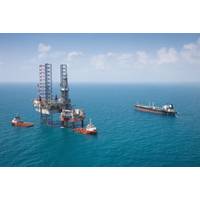
Baker Hughes Finds US Drillers Add Most O&G Rigs Since April
U.S. energy firms this week added the most oil and natural gas rigs in a week since April as rising oil prices prompt more drillers to return to the wellpad.The oil and gas rig count, an early indicator of future output, rose 13 to 601 in the week to Jan. 14, its highest since April 2020, said Baker Hughes in its weekly report. The total count was up 228, or 61%, over this time last year.U.S. oil rigs rose 11 to 492 this week, their highest since April 2020, while gas rigs rose two to 109, their highest since March 2020. Specifically, the Eagle Ford in South Texas gained six rigs this week
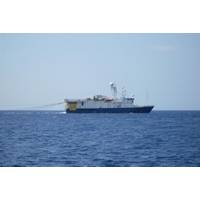
A Seismic Shift
Despite oil prices recently edging past $80 a barrel, scars from two recent oil industry downturns in five years have forced offshore seismic surveyors to look at ways to diversify.Marine seismic survey companies provide essential data to offshore oil and gas explorers to make better-informed drilling decisions. However, with every oil industry downturn, seismic players are among the first to feel the pang, as exploration budgets usually get cut significantly and revenue streams for seismic data firms dry up.This was particularly the case last year when the industry was hit with a double whammy:
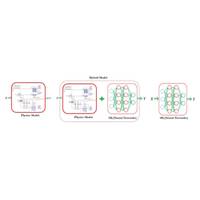
Simulation: Cutting the Corner on Machine Learning
oil and gas industry becomes more competitive, it actively pursues increased efficiency through innovative approaches while streamlining production, reducing costs, and improving safety. Many companies are looking at digitization to insulate themselves from market shocks, remain profitable at lower oil prices, and generate competitive advantage during recovery. The path forward lies in leveraging machine learning-based technologies that are maturing quickly and are being adopted across the value chain. The use of Machine Learning (ML) models is particularly promising for the resolution of problems involving
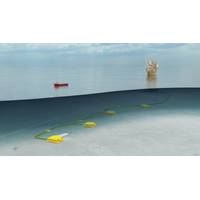
2020: A Year Like No Other with a Mixed Outlook for Subsea
market, it’s been especially tough. Another slump down to around 140 firm subsea tree awards in 2020 was a major step down from the 530 per year ordered in the hey days of 2012-2013, and some way off the 300 or so that had been forecast for 2020, prior to the Covid pandemic and another drop in oil prices.Prior to Covid, projects like Bay du Nord, Cambo and Rosebank were on the verge of being sanctioned. “But we’re not in this world anymore,” said Bjørvik. Last year, subsea tree ordered for Woodside’s Sangomar off Senegal, ExxonMobil’s Payara off Guyana, Equinor&rsquo
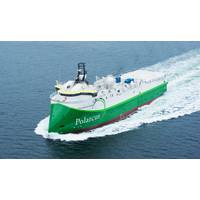
Seismic Surveyor Polarcus Sees Shares Nosedive as it Defaults on Debt Payment
in the city of Bergen, has the largest seismic fleet following the acquisition of CGG's assets in 2020 and Schlumberger's marine acquisition business in 2018, while Oslo-based Petroleum Geo-Services (PGS) has five active vessels.Offshore seismic spending fell 40% last year, and even though oil prices rebounded, oil companies are expected to remain cautious, with spending seen rising only 3% this year, Sparebank 1 Markets said in a note on Tuesday.(Reporting by Nerijus Adomaitis. Editing by Terje Solsvik and Mark Potter
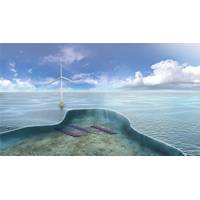
What's In Store for 2021? More Remote, More Data, More Autonomy
and maintenance challenge.A global pandemic restricting travel has now accelerated some of that innovation. Remote operations a reality rather than a road map. Refocus, reform – greener visionsTaking a step back, it’s a tough, rapidly evolving environment for many, with depressed oil prices having impacted the oil and gas industry specifically, resulting in a wave of company restructuring.“Companies are busier than ever working out what to prepare for the future,” says Bjørn Søgård, Segment Director for Subsea, DNV GL.Tier 1 contractors created through

Lundin Energy Chief Schneiter: Output Trending Upward at Sverdrup
.Equinor-operated Sverdrup increased its production capacity to 470,000 barrels of oil equivalent per day (boed) in March from an original 440,000 boed, but output was soon after capped by government-imposed limits.Norway in May joined OPEC and other producers in voluntary output curbs to help prop up oil prices as the novel coronavirus pandemic undermined demand.Maintenance work and technical problems at some fields cut output more than expected in the third quarter, however, and the shortfall can be made up in the final three months of the year."During November, we will be further testing capacity
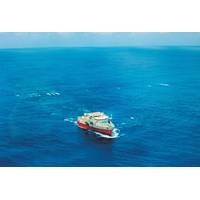
TGS Makes Surprise $600 Mln Offer for Part of Rival PGS
million and also conduct an equity issue to pay for the transaction.While TGS' strategy has been one of renting the oceangoing vessels needed for the process of acquiring seismic data, PGS has had an integrated approach of owning its own ships - leaving the company more exposed at a time of weak oil prices.The proposal, if accepted, would give PGS the necessary cash to repay a $135 million revolving credit facility due in September, TGS said in its statement.In addition, TGS would commit to renting vessels from PGS for future data collection, it said."We see a strong complement between our existing
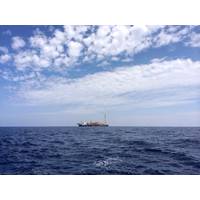
Webinar: Floating Production Forecasts & Analysis
Reports, will be held July 29, 2020, 11 a.m. (EDT). REGISTER HERE.The effects of the COVID-19 crisis and oil supply glut continue to seriously dampen investment appetite in the oil and gas sector, putting new deepwater project starts on hold through at least the third quarter of this year.But with oil prices now in the low $40s range on the back of OPEC+ supply cuts and rebalancing oil supply and demand, WER expects oil prices to continue to rise over the next six months toward a gradual pickup in floating production activity beginning in late 2020/early 2021.Petrobras said on Friday it has approved
 February 2025
February 2025





